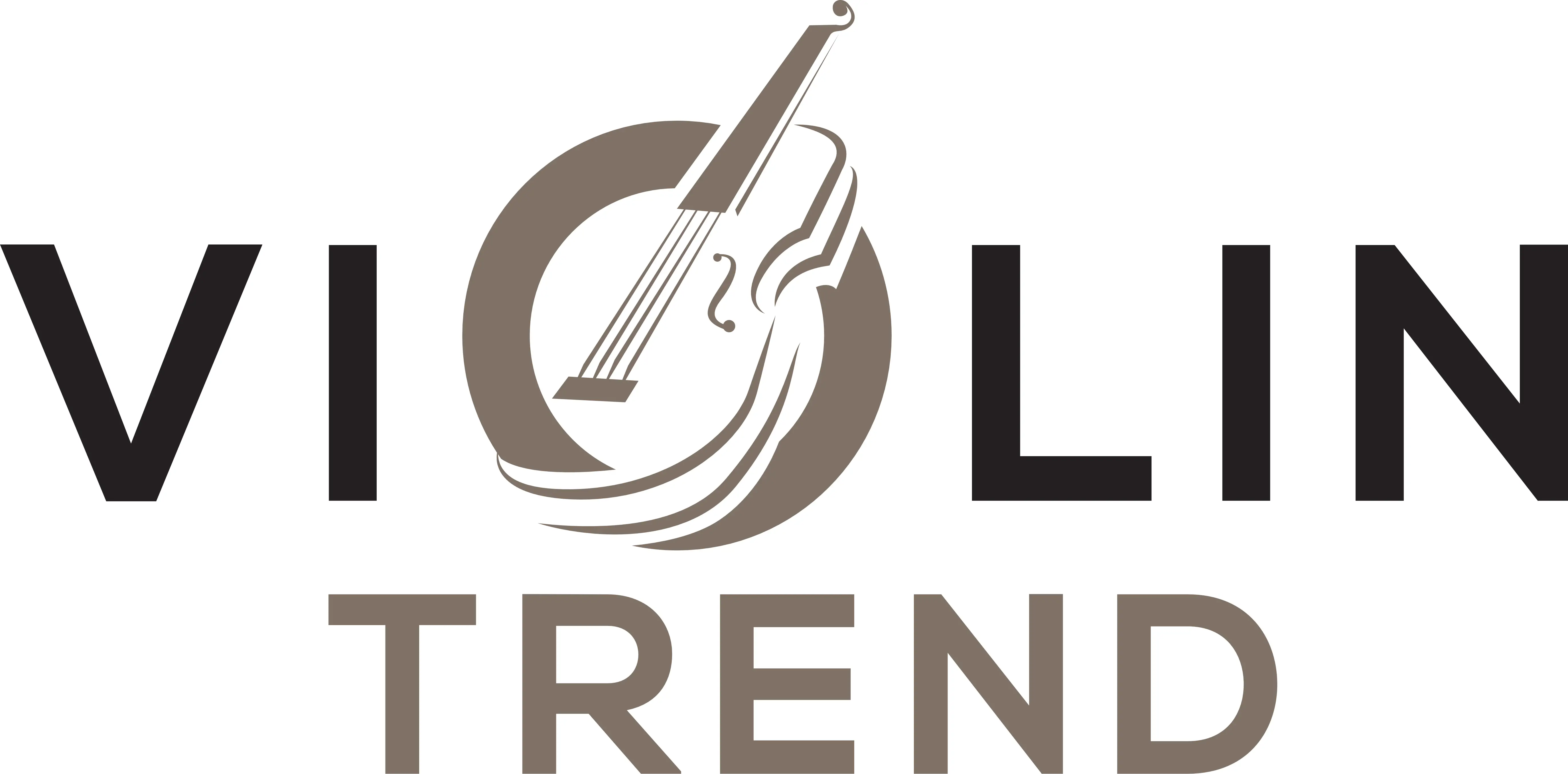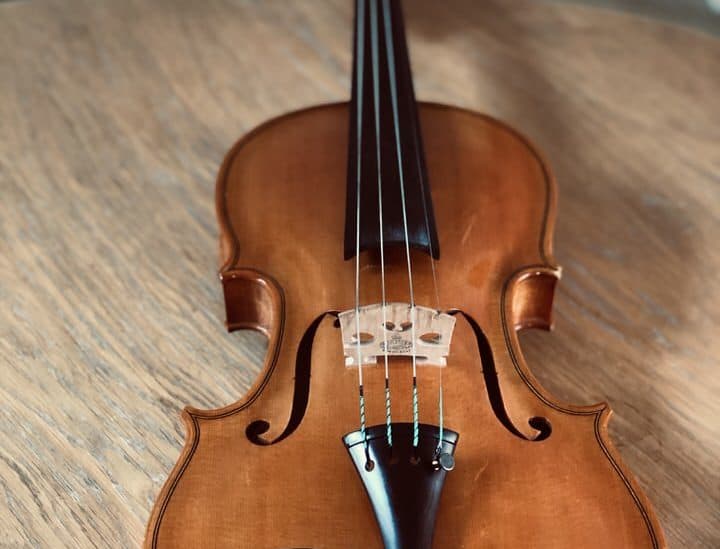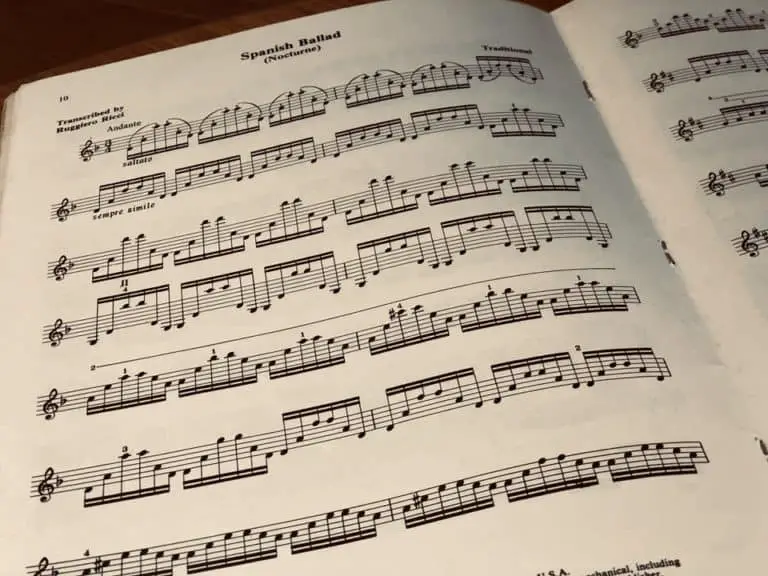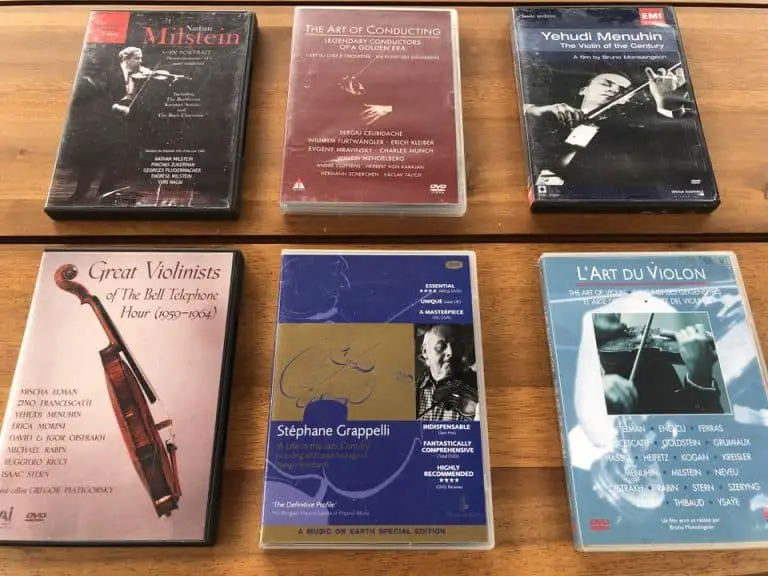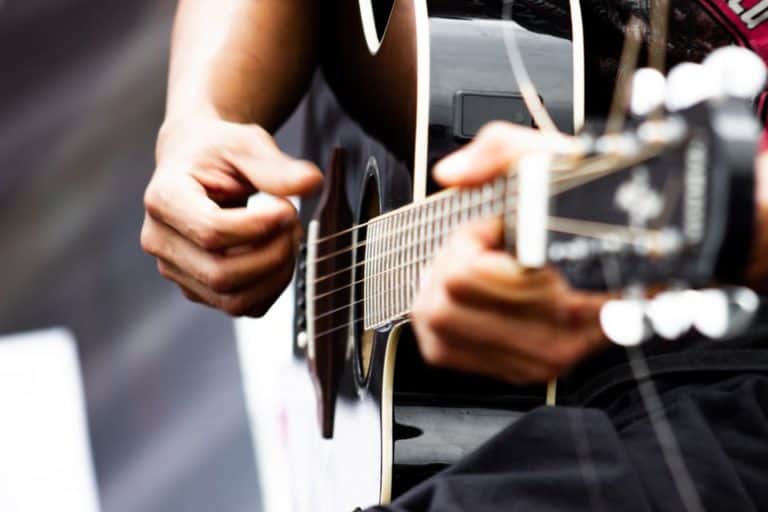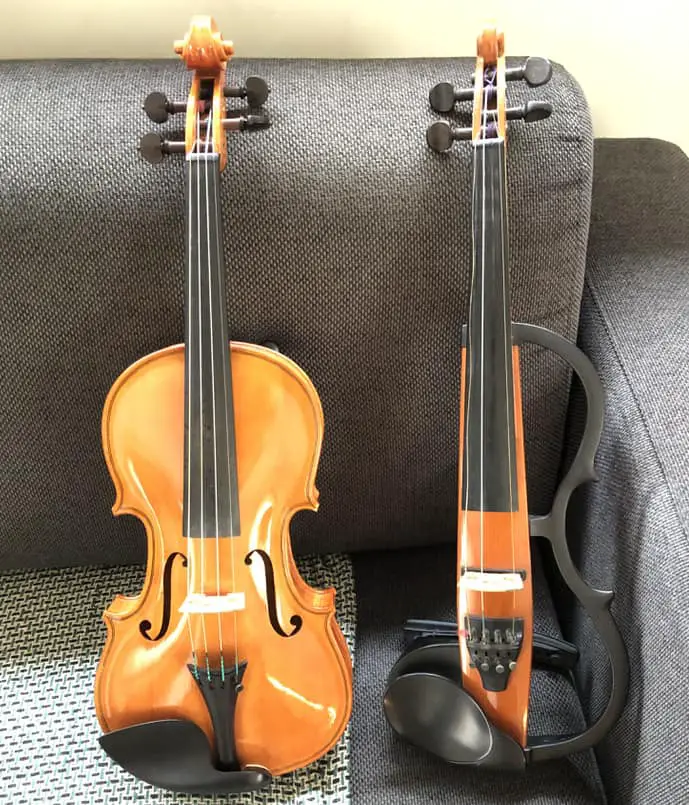Can I Start Playing the Violin as an Adult?
Like me, if you have inherited your violin, or maybe you just have seen that band. In any case, consider starting the violin and envision yourself on stage or having a great time with your musician friends. But contemplating the task, you fear that it can be a too tricky instrument to learn, especially as an adult. People around you doubt, maybe even talk you out of that project. Everybody wants to hear a well-played instrument. But the learning process is often despised by many: the violin will squeak, and scratch; you will sound like a screaming cat! But is that also true?
Can an adult start the violin as a beginner?
It is very doable to start the violin as an adult. Be regular and patient. Violin will help you develop many qualities. It is satisfying to see progress in any part of our life. And mastering a new instrument as an adult is a legitimate reason to be proud.
So yes, it is possible to start the violin as an adult beginner. The adult will develop patience, dedication, control of movements, coordination, and breathing. But also music, ear, interaction within a band, organizing a project, overcoming fear, and stage fright. But the violin is a delicate instrument and can be frustrating when learned the wrong way.
But there are certain aspects you shouldn’t overlook, though.
Can I learn the violin at any age?
Usually, the answer is yes, with some caveats. The younger you can start, the better.
Young children who start before seven learn the violin and wire their brain as if it was a mother tongue. That, of course, gives the best results.
From 8 to 12, it is also perfectly possible to learn the violin with good results. It just might not be as quick and miraculous as with younger children. Well-known virtuosi did start in that range.
As a teenager or an adult, beginning the violin is still doable. Beginners in that age range will encounter some other kinds of difficulties that are not only musical and technical.
- Technical difficulties: this will be quickly debated below in “why is the violin difficult”;
- Musical difficulties: Let’s not forget that particularity of the violin is its repertoire. When someone starts the guitar, usually it is pop, folk, and not classical music. And it is, of course, easier both technically and musically. The violin is more known to be at ease with classical music. This means that the technic to acquire is harder and the requirement in musical expression and comprehension is more complex as well. That is a lot of a difference between strumming an E chord on the guitar and interpreting a Sonata by Bach, even an easy one. So, when you start the violin as an adult, beware of that. Some musical genres are definitely easier than others and pick the right for you. There are plenty of tunes to be played as a pop, Irish, rock, and bluegrass violinist that will give quicker results and far less frustration than a plain classical violin, especially for adults. Unless you intend to play classical violin solely, which is taught in many schools. So prepare for a long journey and pack more patience, but it can be done if you really want it.
- Social difficulties: Yes, the last aspect to consider is social. The times we live in prefer quick and instant results. Playing the violin cannot be bought and brought back home, even with millions. If you learn the violin as an adult, you will need to delay gratification; there is nowhere around it. It requires a part of patience, humility, time, and effort: it is not cool. But those values are timeless, and results, provided you’ve given the effort, will eventually come and stay. You will be a better person. So you will decide to learn the violin, dream about it, and decide whether to buy or rent one. Should you brag about it? People around you might discourage you from it, or they will laugh and talk about cats meowing, or expect that you play them a tune already. So this is the social part to overcome: if you start the violin as an adult, you will be different and show the world your difference. Be at ease with it; be prepared. Maybe wait a bit before you tell everybody about it so you can play something nice with them and impress your friends.
Is the violin really a difficult instrument?
Read our articles comparing the violin with the piano and the guitar for more insights. But, in a nutshell, as there are no frets nor keys, the fingers have to be perfectly placed on the violin fingerboard to make a good sound that is in tune. You just do not press a key or strum a note on the violin: the bow arm (right arm) has to perform a perfect gesture to give a good sound, and it takes time. So yes, the micro placements of the left hand, together with the steady gesture of the right arm make it more difficult than most instruments. And adults are maybe more prone to be discouraged by slow progress than children. But difficulty alone shouldn’t deter you; see below what to expect when you start the violin as an adult.
What an adult violin beginner should do
So yes, the violin is a difficult instrument, and it is possible to start the violin as an adult. But what should an adult do to take action and progress faster?
1. Take lessons with a good teacher
This might sound counterintuitive. But for the reasons above, the only way to play well is to acquire a technique that has to be continuously checked by a professional or good player. You will develop your ear, indispensable for good intonation, and at the same time, you will learn the violin. But another ear will be of great help during that period. It is essential because that period will forge your left-hand technique as a whole together with your ear: one doesn’t work without the other. There is no shortcut to violin playing. But there are straighter roads than others. And a teacher will more likely put you on a straighter road than you could have chosen yourself.
Choose a teacher in the musical style you intend to learn, of course. A classical teacher might have and teach the best technique of course, but won’t teach you all the special techniques to use in bluegrass. So if you intend to learn bluegrass, choose a bluegrass teacher. Some will say it might be easier to go from classical to folk than the other way around: I don’t know. I have witnessed a classical violinist that has done the stretch, and the result wasn’t that convincing… But at least they tried, and there is no shame in that.
Lastly, choose a good teacher as all teachers are not born equal. Some are not good at all, and you will plateau quickly. So ask around you for the best teacher, look up on the internet, talk to and evaluate their present and past students, and wonder if you would like to be one of them or play like them. Do not go with the first teacher you encounter or the closest to your home. For example, my first teacher, when I was a child, taught me how to play, which I did quite well. But if you went into details, many things were wrong and prevented me from progressing anymore. My second teacher tried hard to mitigate my technical problems, hidden by good musicianship, fortunately. It was my mentor, Leonid Kogan’s student, and mentee, who solved all those problems by offering me the opportunity to start from scratch! So I can speak from personal experience that it is far better to spend time finding a really good teacher than cleaning the mess afterward.
2. Be patient
This is the psychological part. It is written in many self-development books. As I have written above, children are happy with the mere fact that they play the violin. But adults quickly need results, for themselves as well as siblings and friends: they want to show something. Well, not so fast. An adult beginner has to wait a little bit before being able to show presentable results.
But where is considered getting there? Where is the destination point? This is a crucial point. First, like a child, be happy to hold in your hands that marvelous piece of art that the violin is. Then be happy when you can get a good sound out of it, even playing open strings first. Then, you should be happy when using the fingers of the left hand even in the first position: the first finger, then the second, then the third, then all four of them.
If you can be really, genuinely happy while achieving each and every step, then you will go far.
Then, it would be best if you were happy to learn the third position and shifting. And all the bow strokes: saltellato, spiccato, détaché, and so on.
It is these small pride moments that fuel the energy you will need in this life-long journey. So look for them, and appreciate them because they are precious. They will help with patience and other key factors such as regularity and discouragement; see below.
3. Be regular
The task of learning the violin is so huge it has to be divided into smaller bits. Each bit has to be learned one after the other, and there is no way a beginner will be able to play 10 hours in a row, for example. It is far better to play every day than to play a lot during the weekend and nothing during the week.
So for a beginner, 20 minutes to 30 minutes is enough every day to progress. When you are better, 30 minutes to 60 minutes is well enough if you are an amateur.
So do not play too much at the beginning. You will risk getting frustrated and quitting. Play regularly, and as time flies by, you will improve your playing soon enough to enjoy your instrument.
4. Don’t be discouraged
Do not try to play like Hilary Hahn at the beginning or compare yourself with Maxim Vengerov. So do not get frustrated. Take bit after bit, step after step. Each challenge has to be met one after the other. As I said above, playing the third position, for example, should be considered in itself a victory and a stepping stone to a new challenge. So aim higher be still enjoy what you have just achieved: this is crucial for an adult to keep that in perspective.
Please read about how to practice the violin every day. I have concentrated on what I have learned from my Mentor, one of Leonid Kogan’s students. You can find there many secrets.
